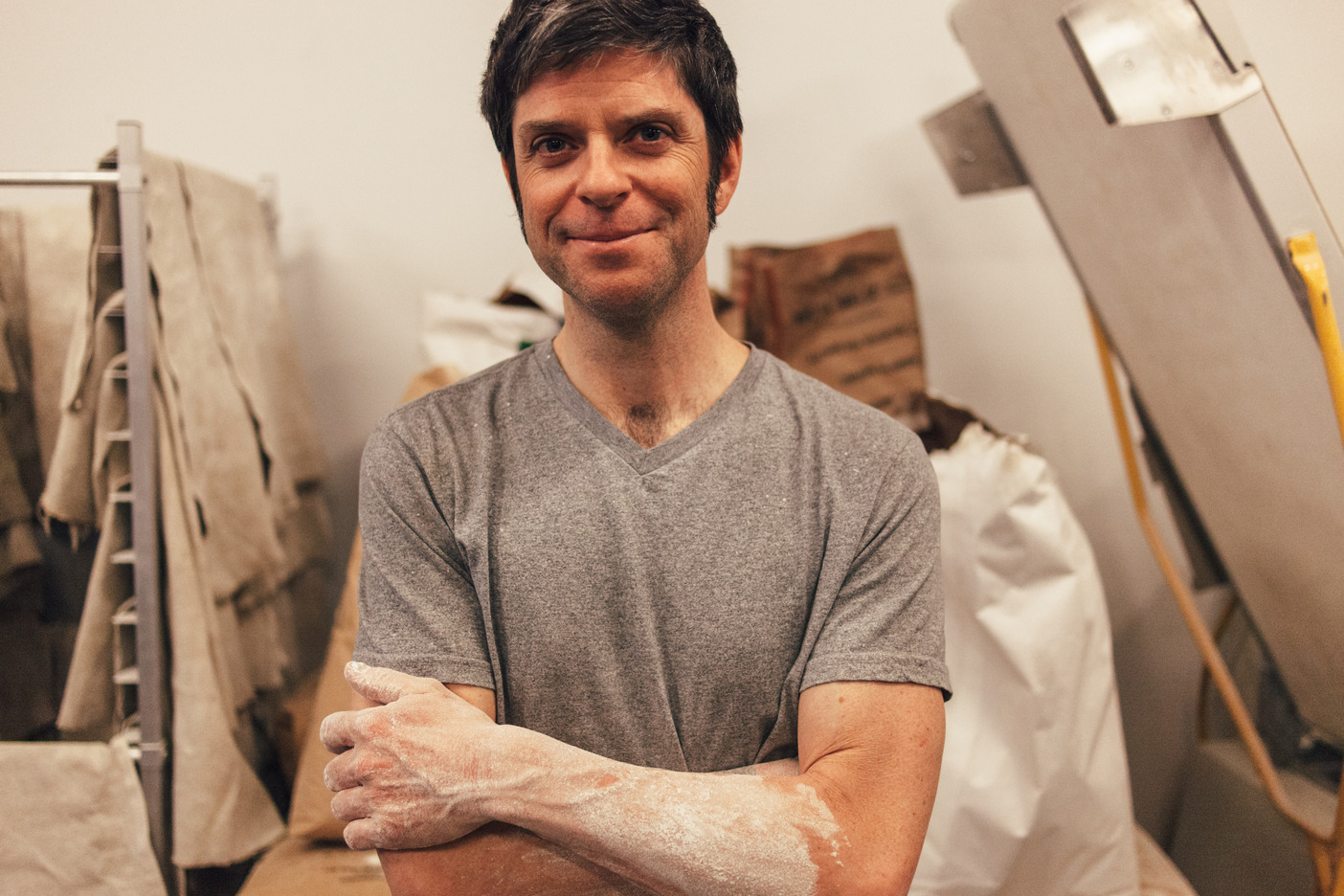The Local newsletter is your free, daily guide to life in Colorado. For locals, by locals.
“Ask a Chef” is part of an on-going series in which 5280 poses a single question to a local culinary luminary.
Driven by an uncompromising, almost-fanatical passion, it’s no wonder Steve Scott’s breads have cultivated legions of loyal followers. After opening the much-lauded Babette’s in the Source with his wife Catherine, Scott’s reputation as one of the city’s (if not the nation’s) finest bakers has only continued to grow. Unwavering dedication to his craft results in memorable breads with richly caramelized crusts, tender interiors, and a mind-boggling depth of flavor. Scott took a minute out of his grueling schedule to talk to us about the countless hours that go into creating a single loaf, and the sacrifices he makes in the name of perfection.

5280: What does a day at Babette’s look like? What’s the process for making one loaf of bread—from starter to sale?
Steve Scott: So for this morning’s (Thursday) bread, that would have been started on Tuesday. It got started that morning, at 3 a.m., when we fed the starters.
The bread was mixed yesterday. For mixing, we do have two large mixers, but we just use those to mix until we can’t see dry flour, so there’s no high-speed mixing. When you no longer see dry flour, its done. We hand-mix the doughs in these gray bins, and we use a technique called autolyse, in French it’s basically “a time of rest.” When you mix something you develop gluten, or proteins. There are two proteins that form gluten and they’re a jumbled chain. When you let it rest, the chain pulls apart and then comes back together even stronger. So, if you mechanically mix at high speed, you’ll do the same thing, but you’ll oxidize the dough and bleach out color and flavor. So we minimize mixing to the point where we’re barely mixing the dough. We’re letting time and fermentation and a technique called turning the dough in the bucket develop flavor and strength to produce the bread we’re looking at right now.
After mixing yesterday, this bread was shaped and retarded overnight. Most guys don’t retard their loaves for 17 to 19 hours. Usually its anywhere from eight to 10, but [the longer timeframe] is where it gets the flavor and color that I like. It’s a long, hands-on process. Then we baked that bread this morning. Between 7 and 7:30 a.m. the loaves went in the oven, coming out at 8 to 8:30 a.m. or so, and ready for our customers at 9 a.m.
My day goes something like this: a cup of coffee and yogurt at 3 a.m. Nothing else until noon. Then we’ll have a sandwich or a salad and then nothing until dinner. If there’s going to be a dinner. We don’t do dinner very often anymore. That’s probably the biggest complaint of having this business, is that we can’t do that anymore. We could make time for it, but we’d be losing sleep. If we go out to dinner after work that means that we lose another hour.
3350 Brighton Blvd., #140 (inside the Source), 303-993-8602








